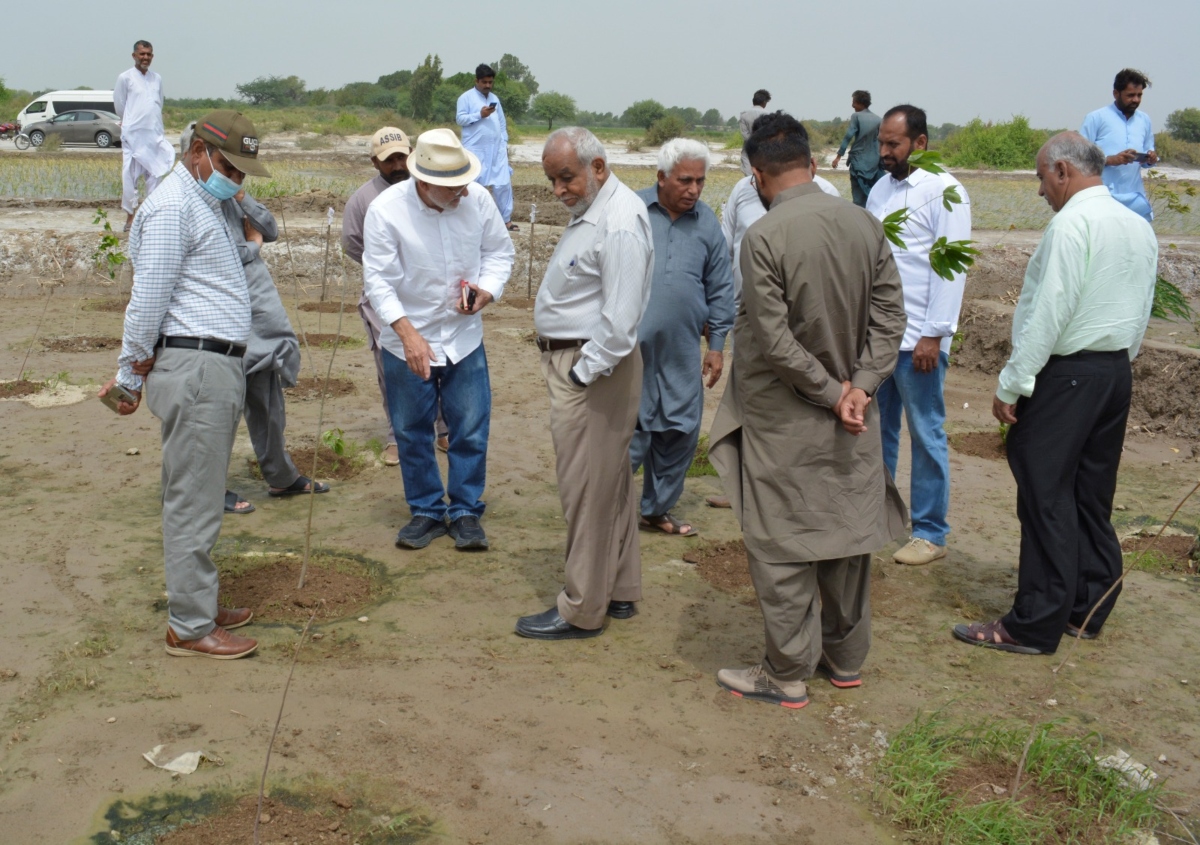
By Syed Wahaj Ahmed
Successful experiment of growing trees and paddy in saline soil could bring about an agrarian revolution as national and international experts endorse it as the success would benefit poor local farmers to a great extent and raise their living standards in arid and semi-arid zones of the country.
“How to live with salinity” Sindh Agriculture University (SAU)‘s experiment of growing trees and paddy crops in saline soil is heading towards success, Australian experts and representatives of the leading agricultural, research and irrigation institutions termed this research project a milestone for agricultural development in the future.
Experts of the varsity with other stakeholders established an experimental and scientific field in collaboration with Australian government near Mula Katiyar, Tando Muhammad Khan under “Adapting to Salinity in the Southern Indus Basin (ASSIB)” project as this project aims to develop and investigate adaptation options and strategies with people managing and living in salinity affected agricultural landscapes in the southern Indus Basin.
In this regard, representatives of various institutions including SAU, Mehran University of Engineering and Technology (MUET), Agriculture Research Sindh, Sindh Irrigation and Drainage Authority (SIDA) and other non-governmental organisations and a team from Australia, conducted an observation visit to the experimental field.
Later, speaking during a briefing session in the committee room of the SAU, SAU Vice Chancellor Prof Dr Fateh Marri said that the SAU is carrying out researches to make the existing land resources arable, especially for growing crops on saline and arid lands.
“We have been able to achieve successful results through this Australian government’s project, and these results will be transferred to farming community,” he said.
Dr Michael Mitchell, the project leader of Charles Sturt University, Australia, said that the concept of sustainable agriculture in the lands affected by water scarcity and salinity in Pakistan is a big challenge, and various institutions are engaged in joint efforts to deal with this challenge.
Dr Sandra Heaney Mustafa, Community Engagement and Adult Education Coordinator, University of Canberra, Australia, said that secondary salinity in Pakistan has contributed about 15 million tonnes of salt to the Indus Basin annually due to irrigated agriculture.
She said that salinity affects at least 4.5 million hectares of land across the country and 54 per cent of the lower Indus Basin. The project is designed to initiate a long-term research programme in the salinity-affected landscapes of Pakistan.
Dr Edward Barrett Lennard, Adaptation Options Research Leader, Murdoch University, Australia, said that the partnership of SAU and other institutions has yielded better results from this experimental field, which will be beneficial for making the saline lands of the farmers arable in the future.
Dr Bakhshal Lashari, country project head, said that this project will produce more results for farmers soon.
“We have tested 26 trees and 20 paddy varieties in the saline land field, and the results will be replicated in the rest of Sindh and will be useful for the farmers of the entire province,” SAU focal-person Dr Inayatullah Rajpar said.

Researchers who knuckled to some serious work on various varieties in the field included Dr Qazi Suleman Memon, Nadia, Dr Muneer Ahmed Mangrio, Dr Ghulam Murtaza Jamro, Dr Mashooq Ali Talpur, Sanaullah Solangi, Bhawani Shankar, Mansoor Umer Khanzada, Shakeel Ahmed Chatha and others.

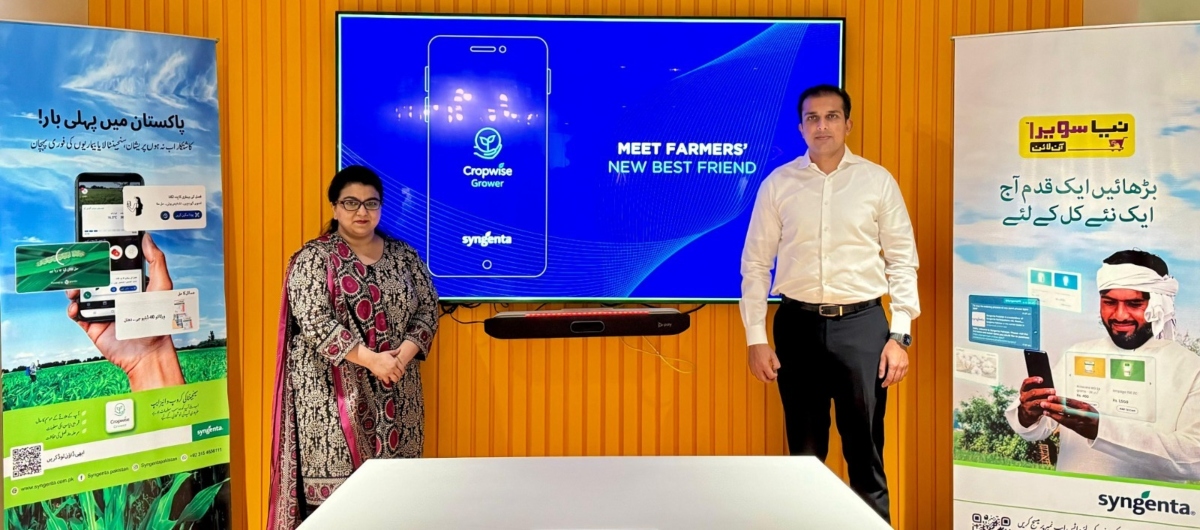

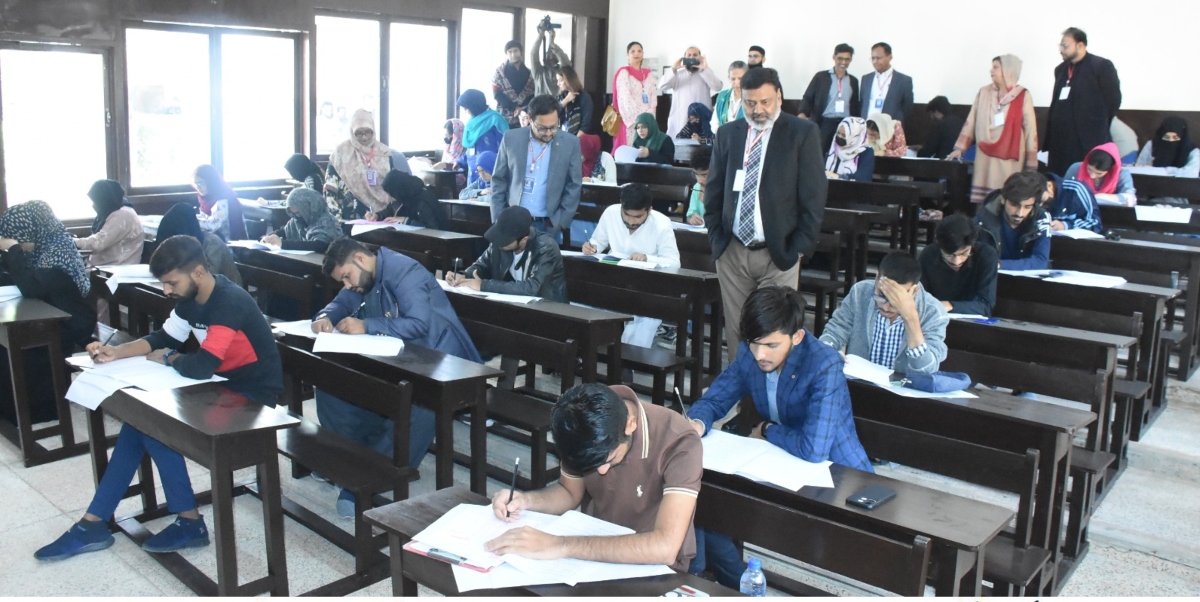
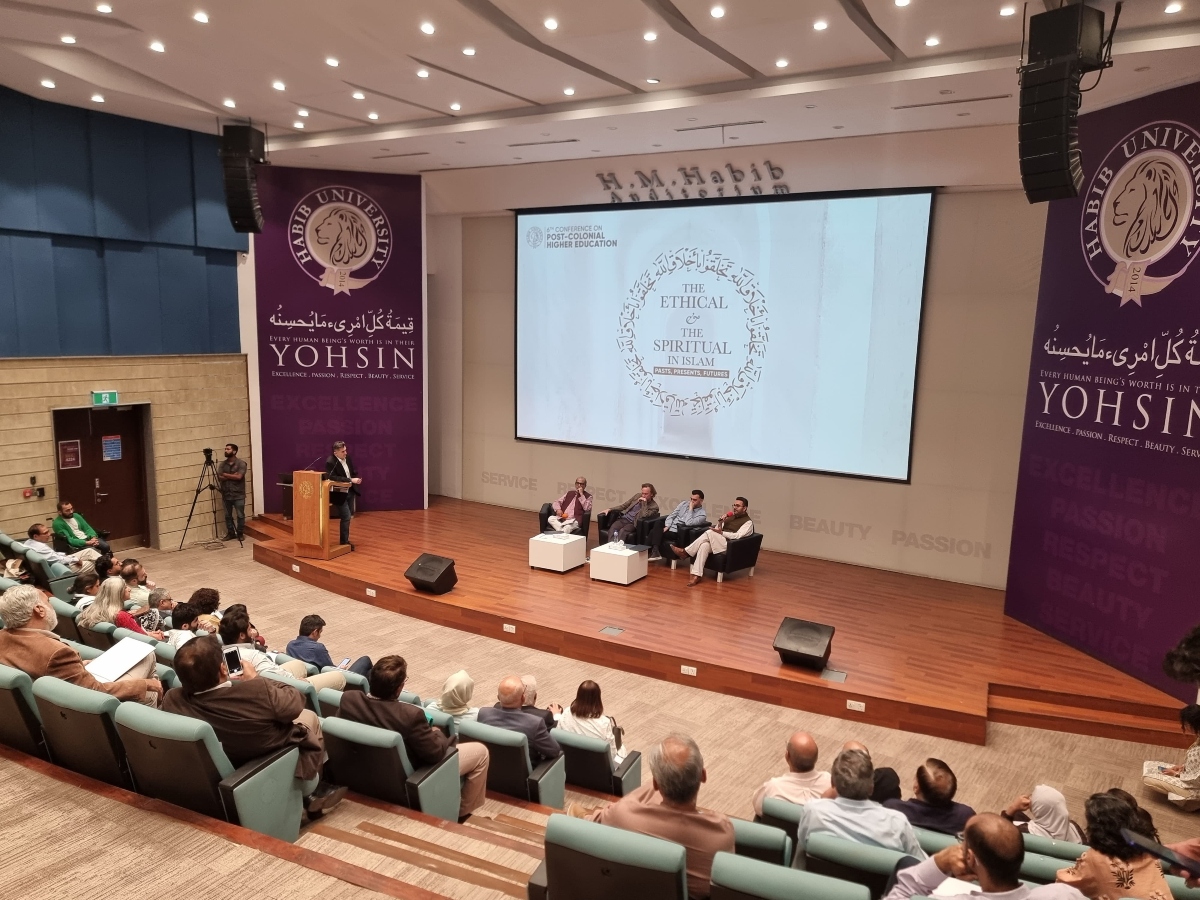


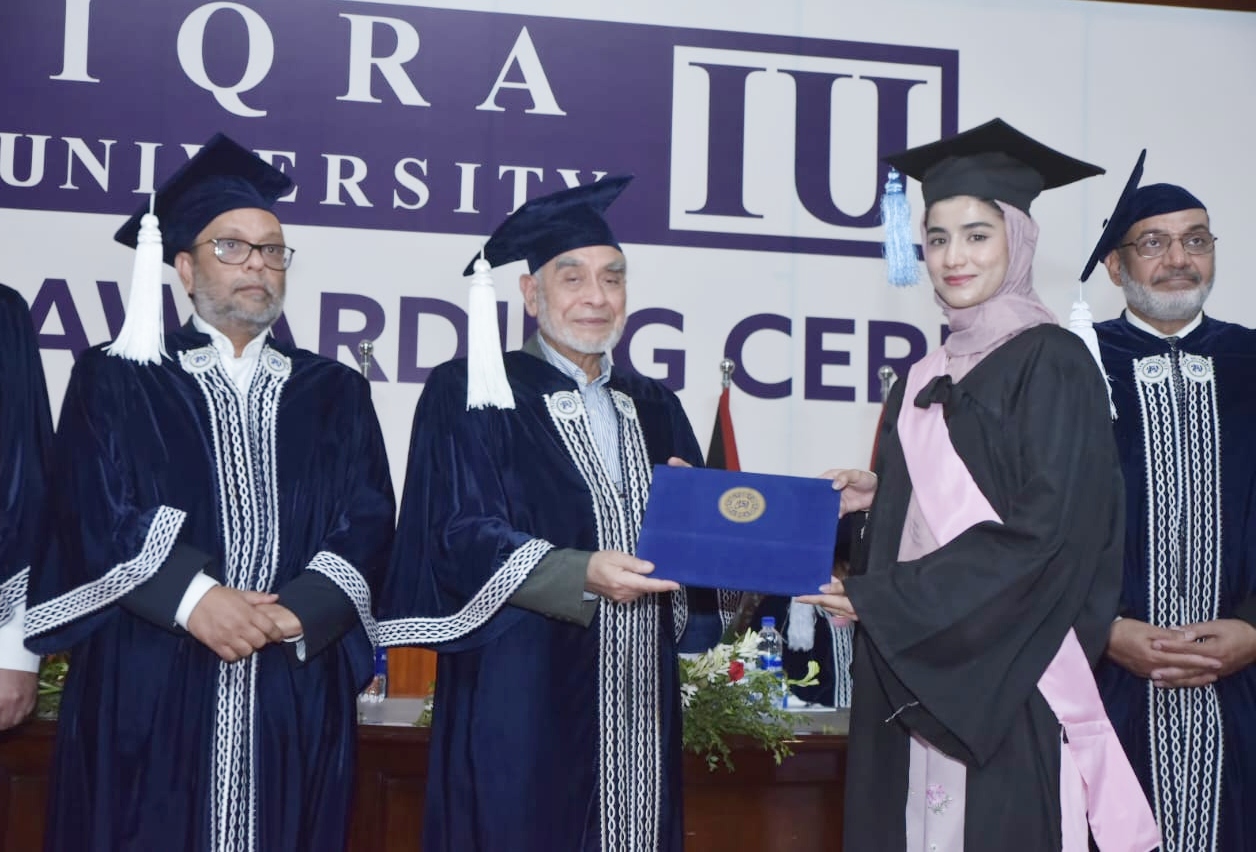









Informative article for all of us!
Nice 👍
Good 👍